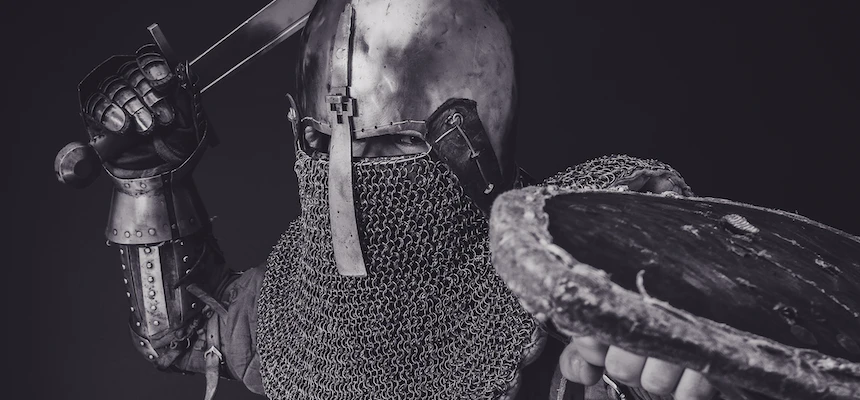
Born around 1130, Paolo Scolari, a Roman citizen, was an older man when he took the throne of Peter December 17, 1187. Pope Gregory VIII died after only two months as he began preparations for the Third Crusade. Taking the name of Clement, the new Pope had much energy for his age and was able to step in. The unusual thing about this papacy was that the cardinals rejected Scolari as a papal candidate due to his poor health. The first choice was Theobald of Ostia, who refused the honor.
Like many of his immediate predecessors, Paolo Scolari trained in politics and the curia. In 1176, he became a subdeacon at Sancta Maria Maggiore, where he had trained. Within a few years, Scolari was the archpriest of the Liberian Basilica. Within a year he was cardinal-deacon of Sergio e Bacco and by the end of 1180, cardinal bishop of Palestrina.
In October 1187, Jerusalem fell to Saladin. Western Europe did not hear about it until just before Christmas. Cardinal Scolari was with the current pope at Pisa when Gregory died. Within a short period, Scolari was consecrated. Spending the Holy Days in Pisa, Clement entered Rome in early February, 1188.
The Roman citizens were happy to have a Roman back on the throne. Clement was popular as a mild-mannered and peaceable man. And they welcomed him. In addition, Clement knew the stand-off between popes and Romans needed to end. By May, he had his treaty with the Romans, including annual benefices in exchange for oaths of loyalty from the citizens. The effort must have sickened him greatly, for Theobald of Ostia was again asked to place himself as candidate. But Pope Clement recovered.
The Third Crusade
Sitting at the Lateran, Clement organized the new crusade. He sent legates to King Henry II of England, King Philip of France and Emperor Frederick of the Holy Roman Empire. The previous pope had recently excommunicated the emperor. He dispatched legates to the different courts, who labored to restore harmony among the belligerent monarchs and princes, and to divert their energy towards the reconquest of the Holy Sepulchre.
Before he could get very far, Clement had to settle the controversy between Scotland and England regarding the archbishop of St. Andrews. Up until this time, the Scottish Church was led by the archbishop of York. Clement separated the jurisdictions and Scotland answered to no one but the pope.
At the same time, death of William II of Sicily, the pope’s chief vassal, led to another difficulty between the papacy and the family ruling the Holy Roman Empire, the Hohenstaufens. Frederick Barbarossa’s son, Henry VI, was next in line to be crowned emperor. Henry married Constance, William’s aunt, who had been incarcerated in a convent since childhood. This would guarantee that the Hohenstaufens would claim Sicily, which was not to the liking of the Normans.
Clement plotted in order to not be surrounded by the Germans. He gave Sicily to Tancred, son of Roger III of Apulia, a Norman. Even though Clement claimed he would crown Henry when the time came, the emperor was furious and went to the Holy Land still fuming. There he drowned in 1190.
To further push the Saracens, Clement called for embargos on trade with them. He added more and more items to the list of banned products.
On April 1191, Pope Clement III died. Within days, he was buried and replaced by the eighty-five year old Celestine III. It was up to the new pope to end the Crusade.

Recent Comments